Description
You will find R.E.A.L. Science Odyssey (RSO) to be unlike any other science curricula available. Most notably, it is secular. Only scientific inquiry and theory based on empirical and measurable evidence are understood to be valid and standard science in all of our RSO courses.
Also, RSO courses are written specifically for home and small group use. Packed full of serious science and loads of fun, RSO is an incremental program that gently builds on itself and incorporates mathematics, scientific method, and science terminology. Created with the science novice in mind, you don’t need any science background to teach RSO.RSO Physics (level one) is appropriate for 3rd through 6th grade. This comprehensive course presents complicated physics concepts in a way that young people can comprehend and immediately apply to everyday play and work. Topics covered include the study of matter, motion, friction, work, sound and wave, magnetism, electricity, and even a glimpse into the quantum world. Students will not only learn Newton’s three laws of motion, but they will experiment with them and develop simple models of real-world applications such as rockets, auto safety, and electric motors. The course book offers a full-year curriculum, including all of the lesson pages, parent/teacher instructions, and lab worksheets.
The following is a list of topics your child will learn during the year while completing Physics (level one). Each topic is introduced with a lesson story that is read aloud by the parent or instructor. Each lesson is followed by 1 to 5 hands-on activity labs that reinforce the material and introduce science terminology and age-appropriate math. Remember your child will also be having a whole lot of fun. Also included in this scope are laughing, playing, exploring, reading, singing, and begging for more RSO!
There are dozens of articles about teaching & learning science on the SEA Homeschoolers blog.
RSO Physics Level 1
What is Physics?
- Scientific method
- Types of physicists
Matter
- Mass
- Density
- Volume
Newton’s Laws
- Forces
- Isaac Newton
- Inertia
- Velocity
- Momentum
- Rocket ships
Friction
- Friction
- Everyday applications of friction
Work
- Energy: kinetic and potential
- Simple machines: planes, wedges, stairs, screws, levers, wheel & axle, pulleys
Aerodynamics
- Properties of air
- Air pressure
- Hot air
- Weight, drag, thrust, and lift
- Bernoulli’s principle: how planes fly
Energy & Waves
- Waves
- Sound waves: amplitude and height
- Wavelength
- Amplification
Magnetism
- Magnetic field
- Action-at-a-distance
- Quantitative and qualitative observations
- Magnetic poles
- Ferromagnetic
- Earth’s magnetic field and poles
Electricity
- Atoms: composition and the timeline of discovery
- Static electricity
- Electrical current
- Electrical circuit: series and parallel
- Electromagnetism
New Worlds
- Einstein’s theories of relativity
- Quantum physics
- Thomas Young and Erwin Schrodinger

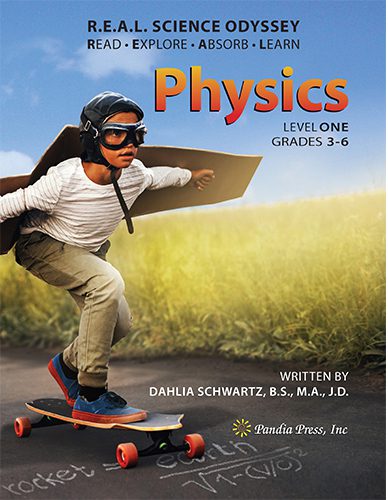
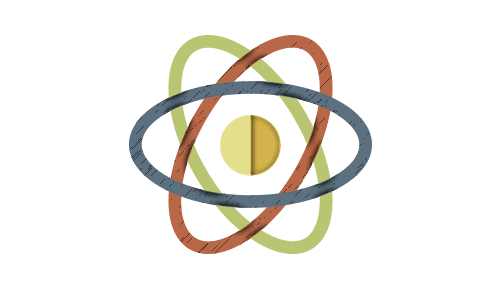


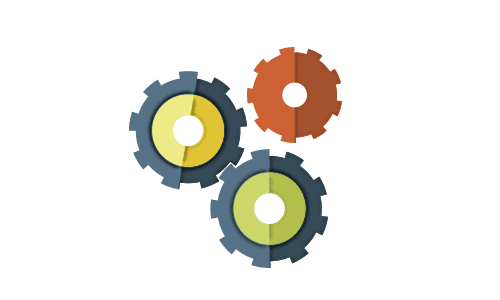

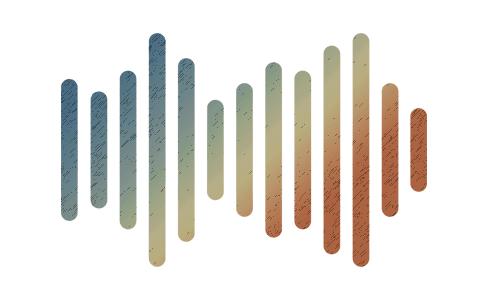


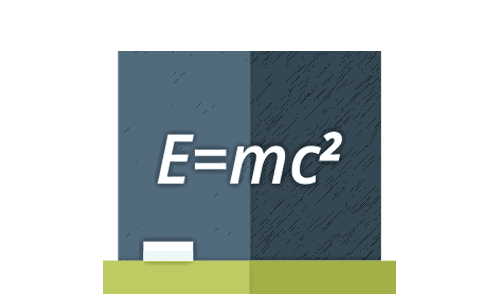

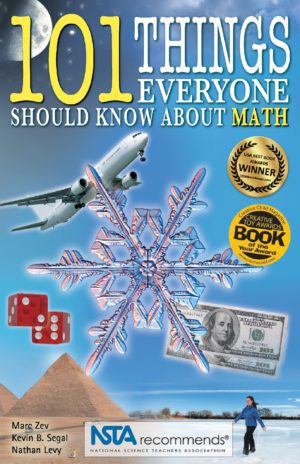
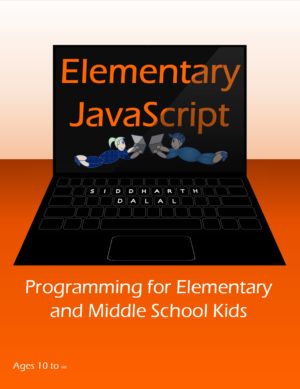
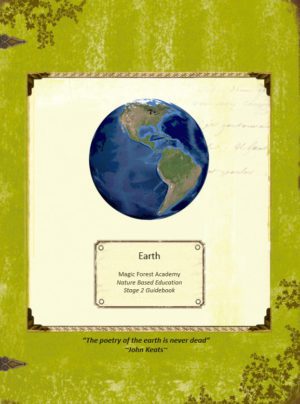
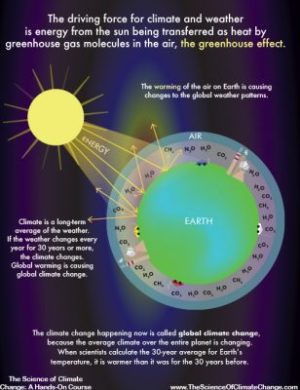


Reviews
There are no reviews yet.